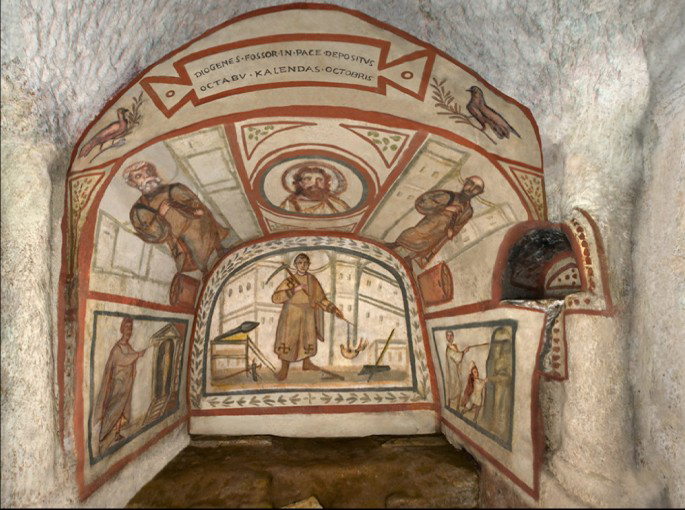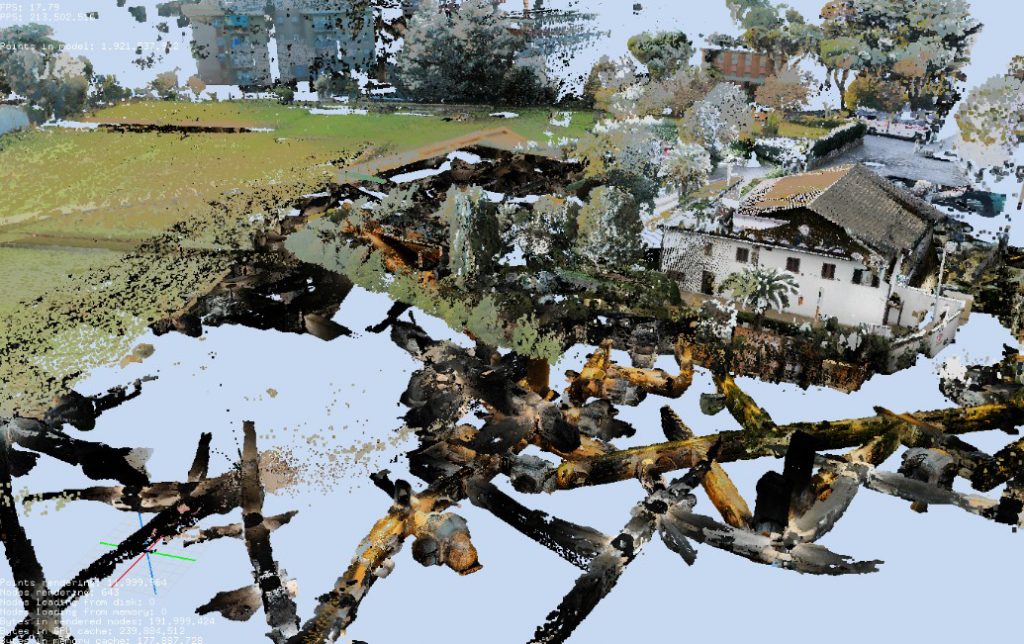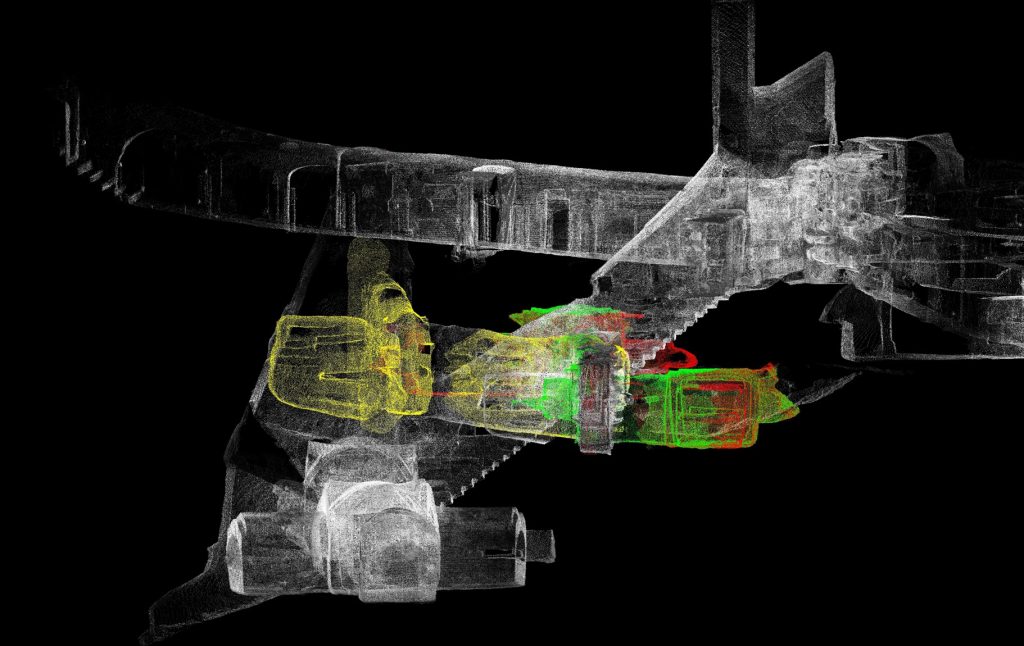The underground world of the catacombs has long fascinated visitors and researchers. Their dark passageways with thousands of tombs continue to offer a particularly authentic impression of antiquity to this day. The large number and extent of the catacombs previously made it difficult to research them, but state-of-the-art 3D techniques are now literally making the invisible visible. The Catacomb of Saint Domitilla with its 12 kilometers of passageways across four floors is being made virtually accessible for the first time using laser scanning. This allows it to be researched in a unique way.

The focus is on the paintings in particular: The pictures on the tomb offer an impressive account of the Christians’ new hope for a life after death. Virtual reconstructions help fill out the areas where the paintings are only partly preserved. For the first time, the project at the Rome department of the DAI is also determining precise numbers of tombs and tracing the stages of the development from the beginnings of pagan tombs in the third century to the communal cemetery in the fourth century. An underground basilica was later built around the tombs of the martyrs Nereus and Achilleus, which served as a place of pilgrimage until the early Middle Ages.

